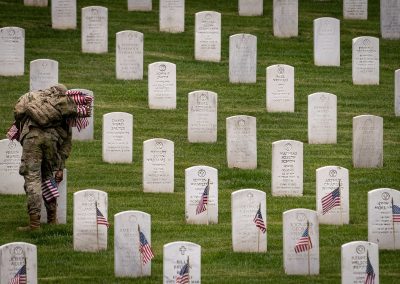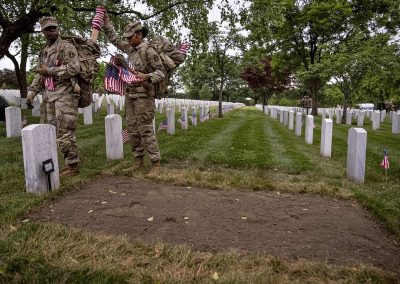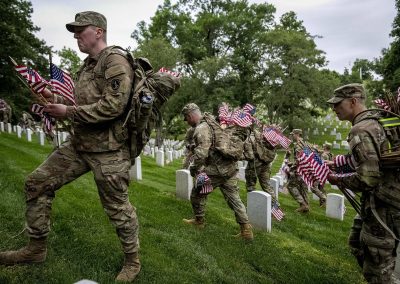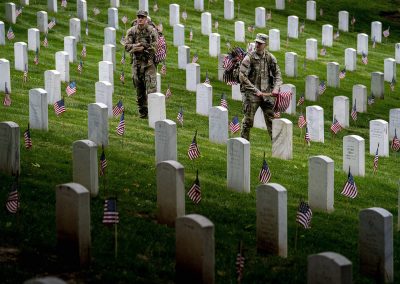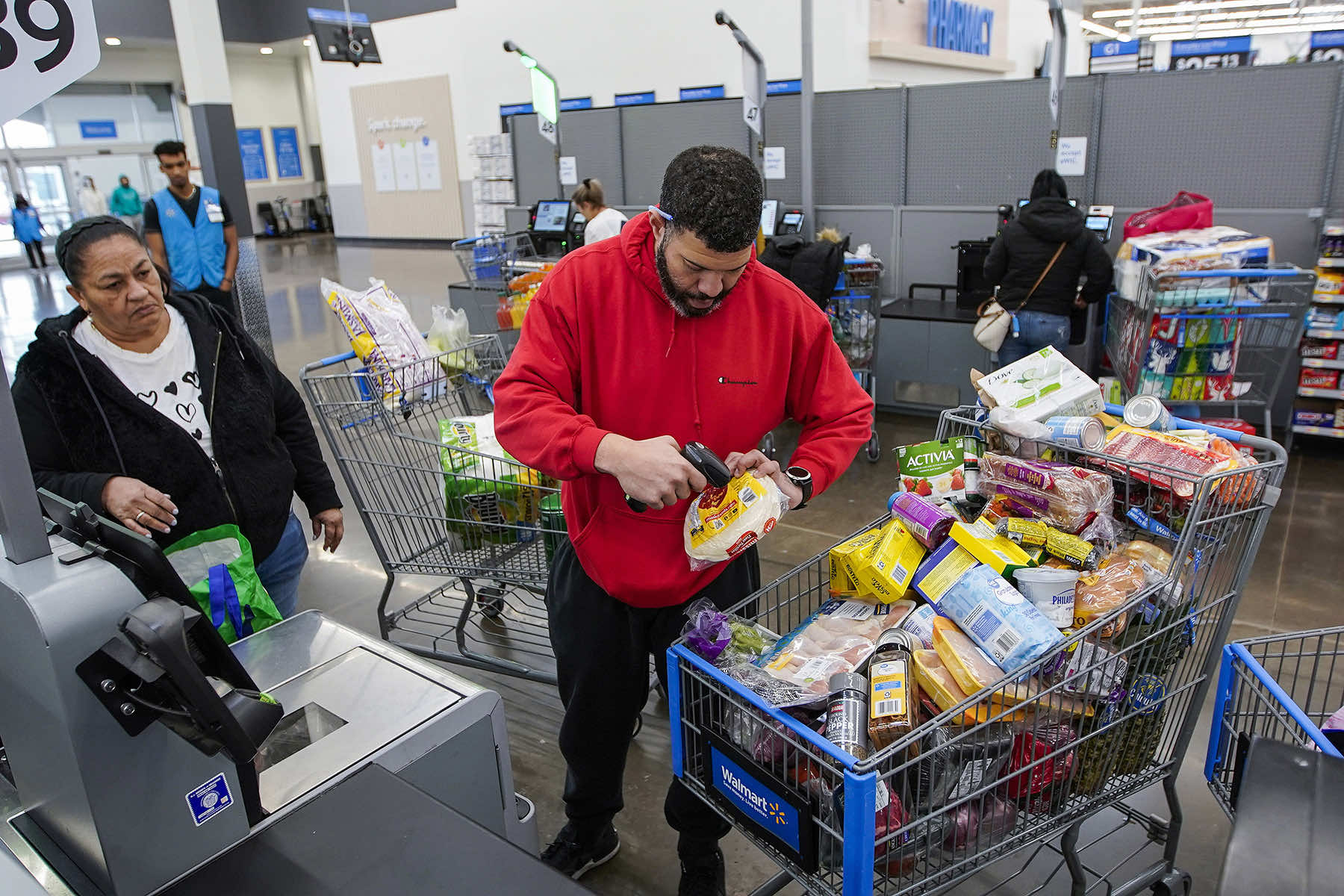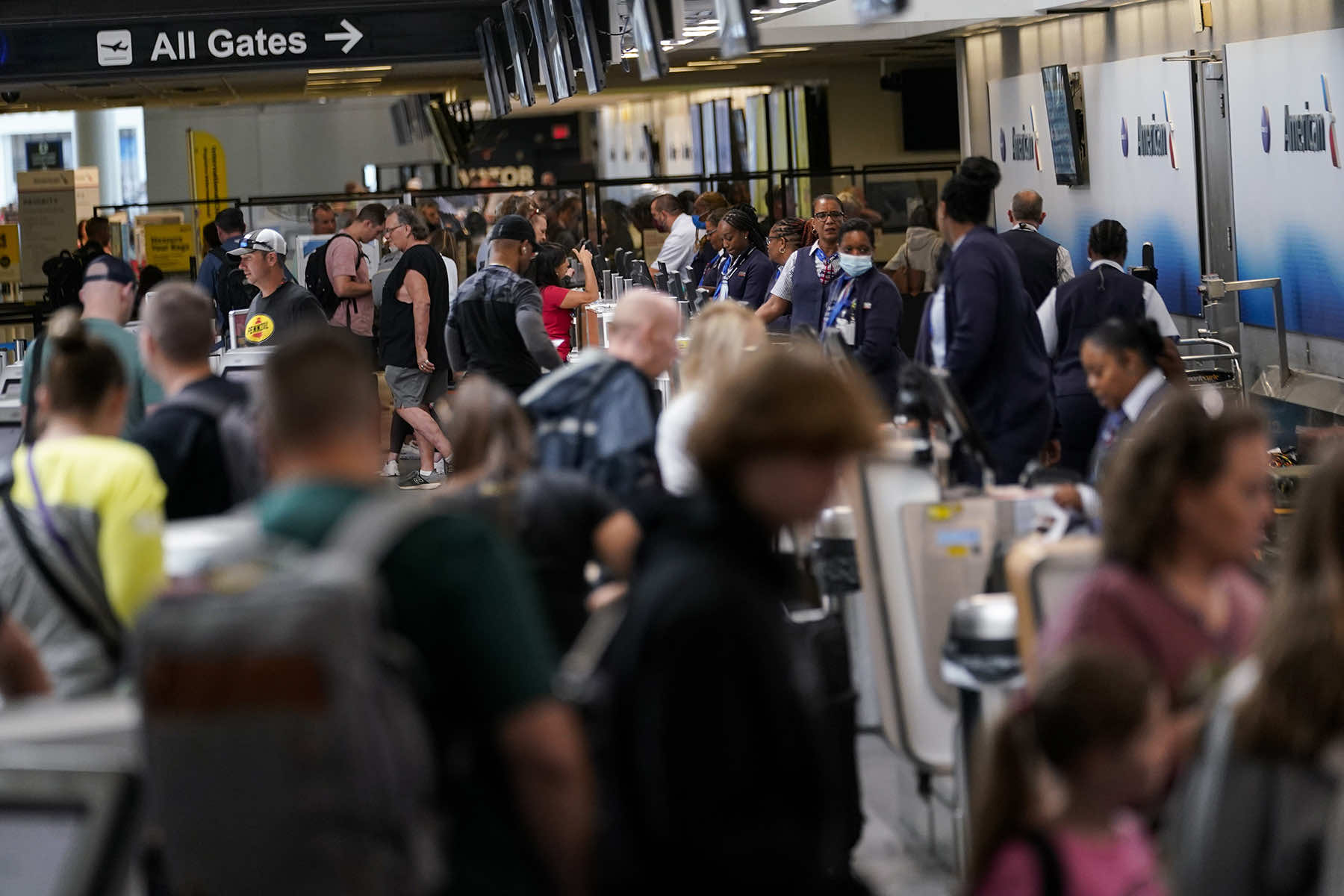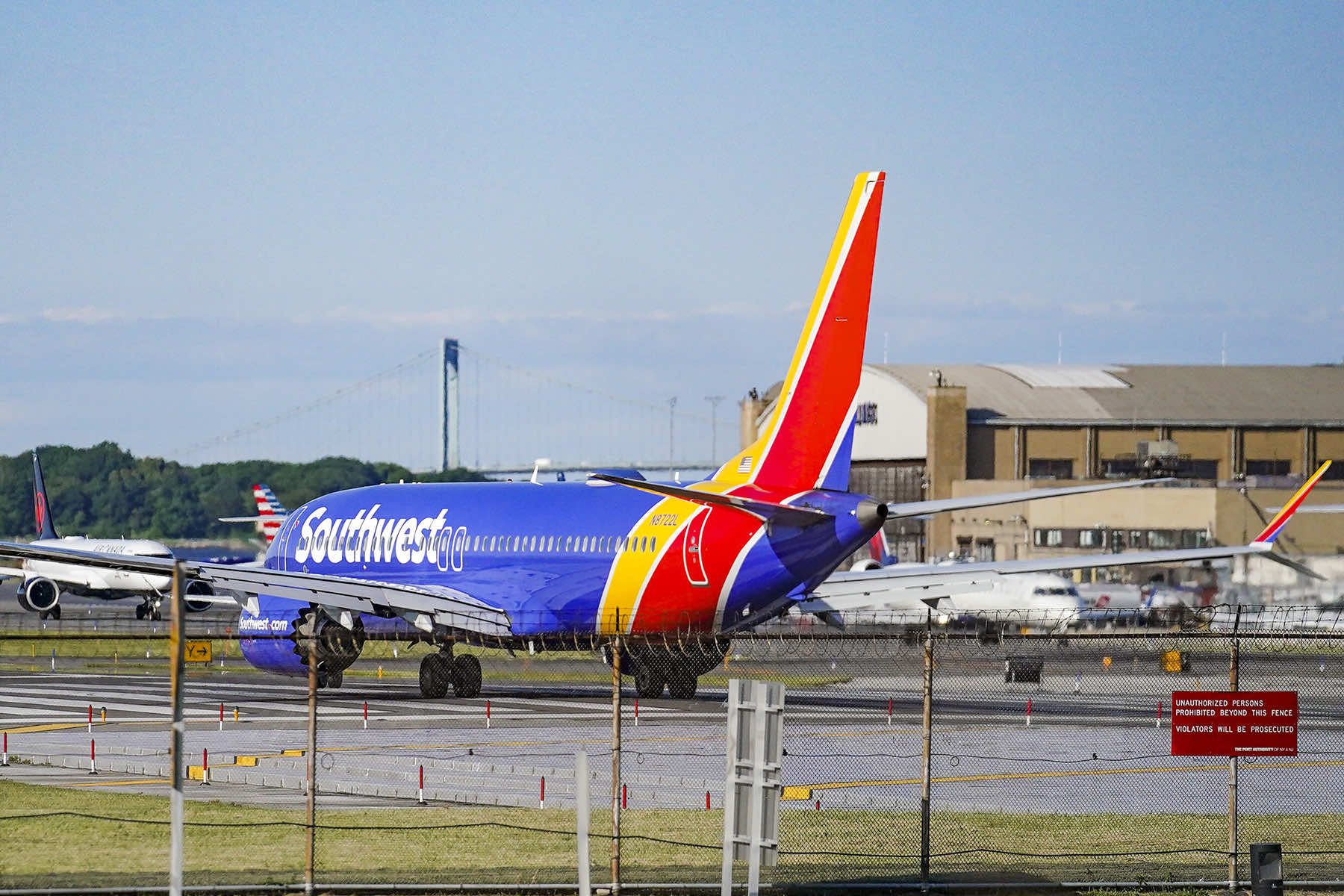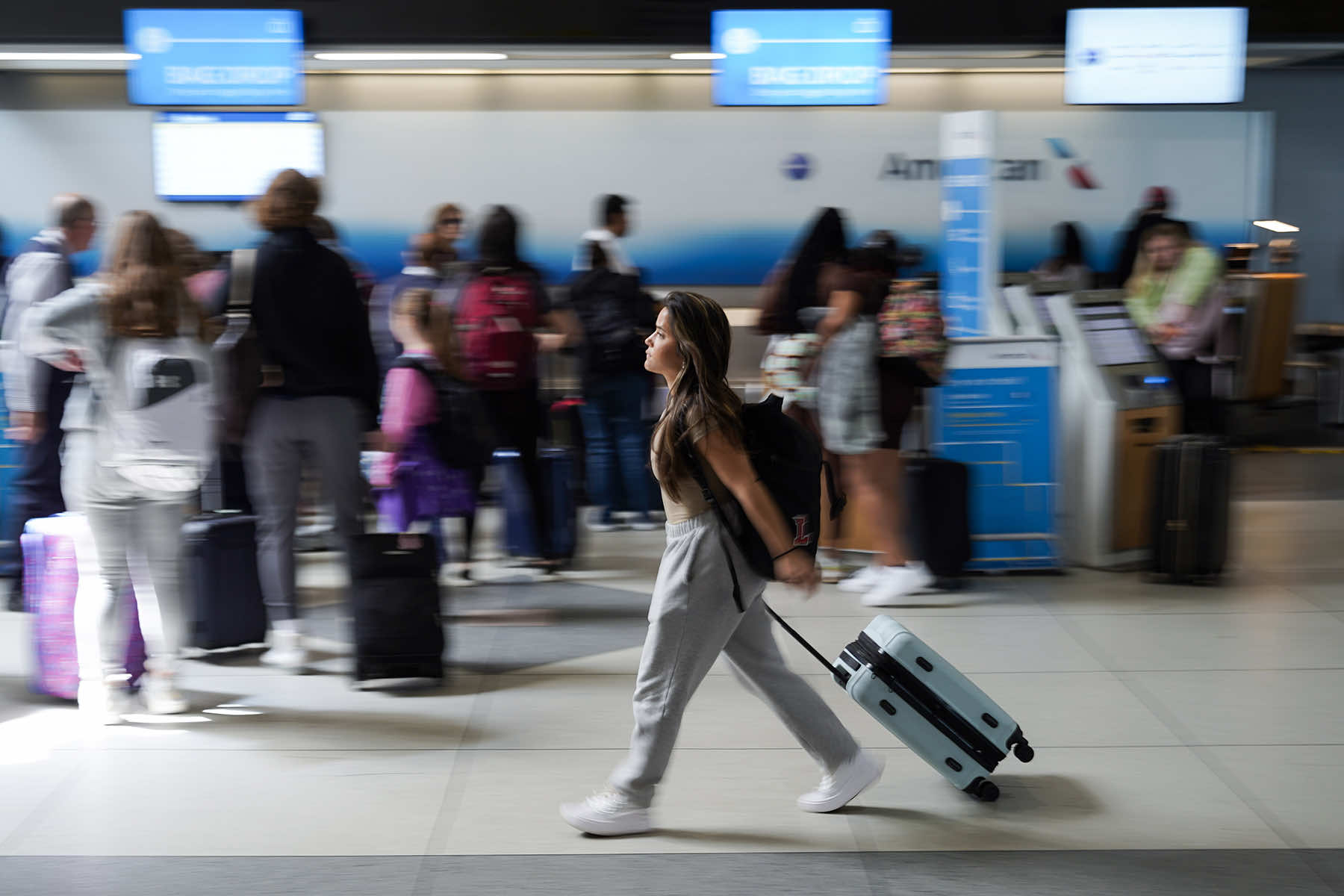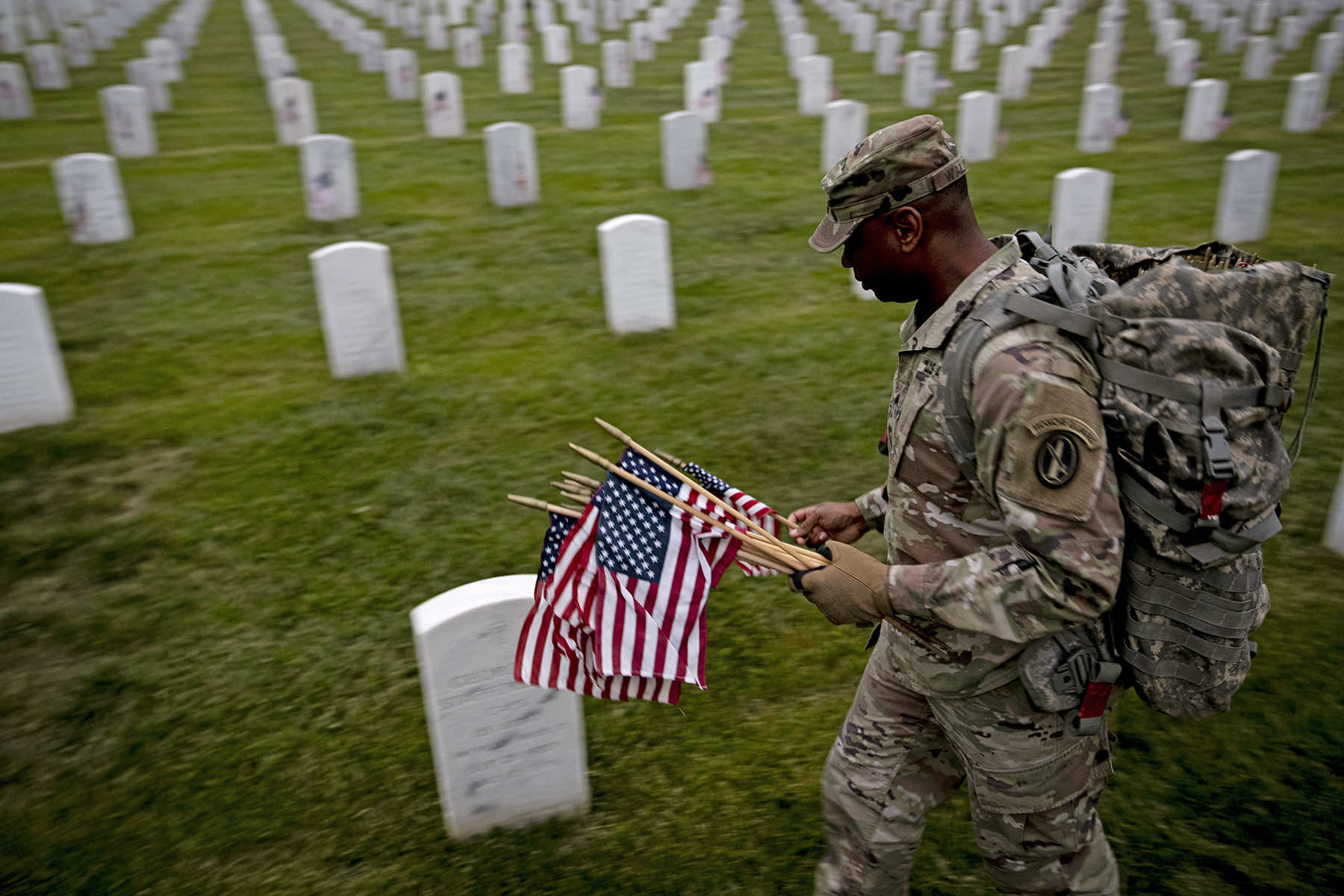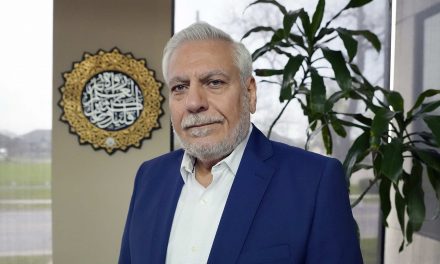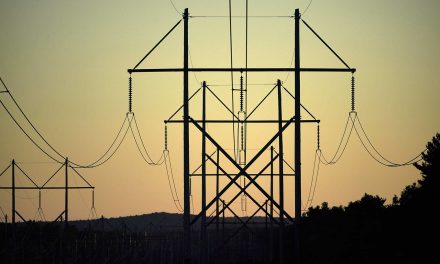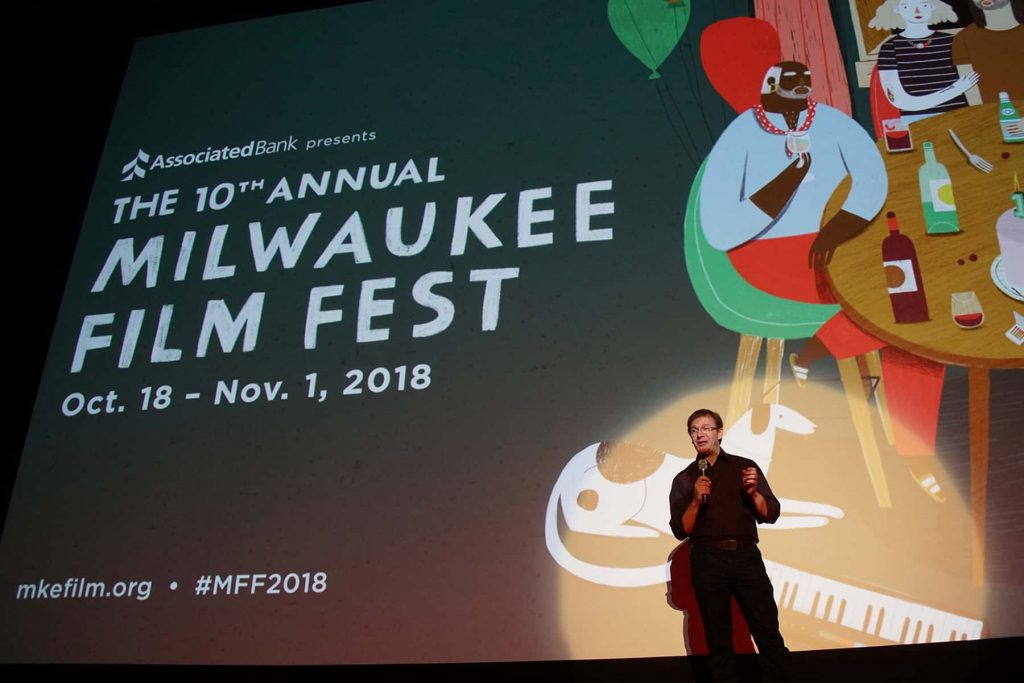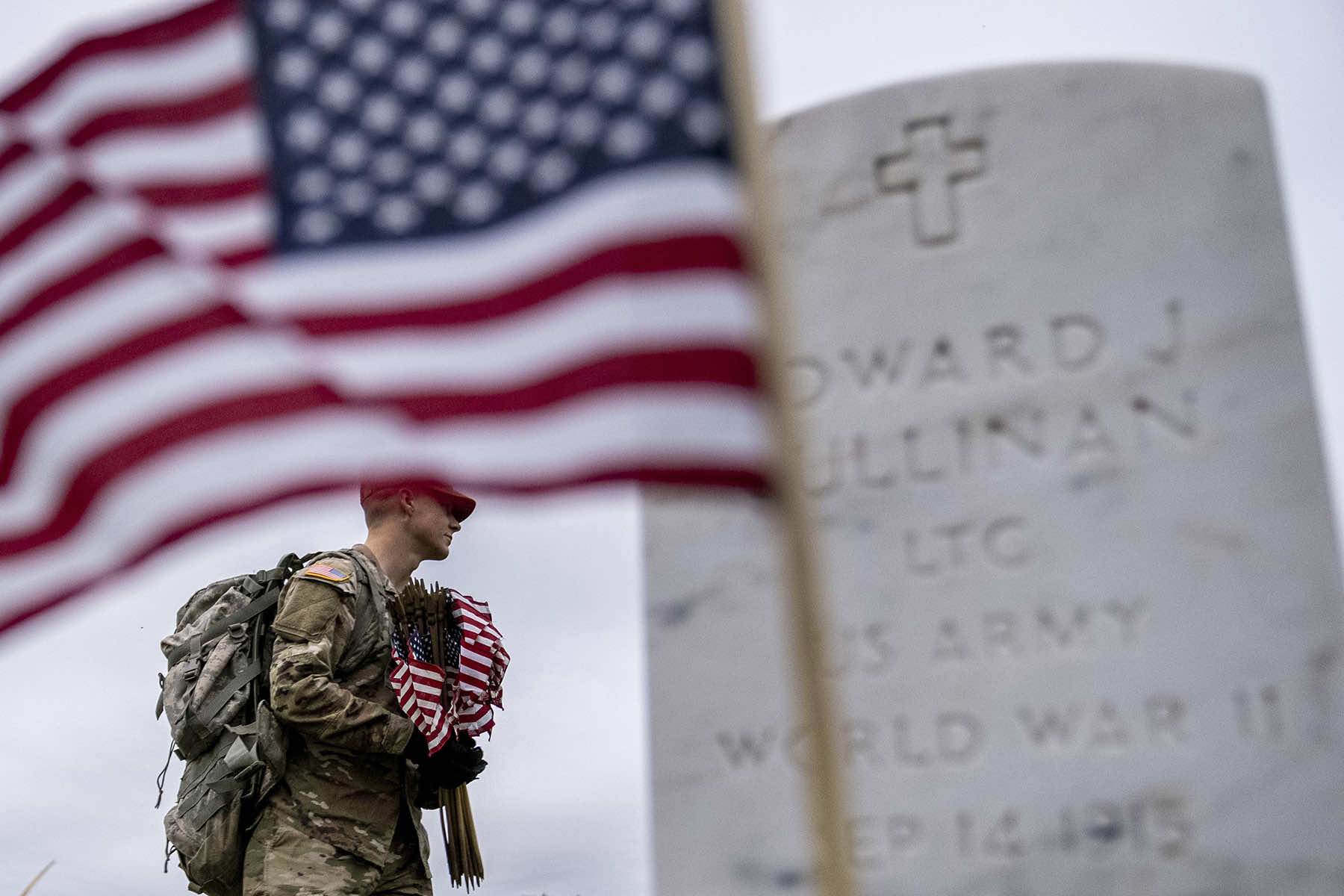
Memorial Day is supposed to be about mourning the nation’s fallen service members, but it has come to anchor the unofficial start of summer and a long weekend of discounts on anything from mattresses to lawnmowers.
Auto club AAA said in a travel forecast that this holiday weekend could be “one for the record books, especially at airports,” with more than 42 million Americans projected to travel 50 miles or more. Federal officials said that the number of air travelers had already hit a pandemic-era high.
But for Manuel Castañeda Jr., 58, the day will be a quiet one in Durand, Illinois, outside Rockford. He lost his father, a U.S. Marine who served in Vietnam, in an accident in California while training other Marines in 1966.
“Memorial Day is very personal,” said Castañeda, who also served in the Marines and Army National Guard, from which he knew men who died in combat. “It isn’t just the specials. It isn’t just the barbecue.”
But he tries not to judge others who spend the holiday differently: “How can I expect them to understand the depth of what I feel when they haven’t experienced anything like that?”
WHAT IS THE OFFICIAL PURPOSE OF MEMORIAL DAY?
It is a day of reflection and remembrance of those who died while serving in the U.S. military, according to the Congressional Research Service. The holiday is observed in part by the National Moment of Remembrance, which encourages all Americans to pause at 3 p.m. for a moment of silence.
WHAT ARE THE HOLIDAY’S ORIGINS?
The holiday stems from the American Civil War, which killed more than 600,000 service members — both Union and Confederate — between 1861 and 1865.
There is little controversy over the first national observance of what was then called Decoration Day. It occurred May 30, 1868, after an organization of Union veterans called for decorating war graves with flowers, which were in bloom.
The practice was already widespread on a local level. Waterloo, New York, began a formal observance on May 5, 1866, and was later proclaimed to be the holiday’s birthplace.
Yet Boalsburg, Pennsylvania, traced its first observance to October 1864, according to the Library of Congress. And women in some Confederate states were decorating graves before the war’s end.
But David Blight, a Yale history professor, points to May 1, 1865, when as many as 10,000 people, many of them Black, held a parade, heard speeches and dedicated the graves of Union dead in Charleston, South Carolina.
A total of 267 Union troops had died at a Confederate prison and were buried in a mass grave. After the war, members of Black churches buried them in individual graves.
“What happened in Charleston does have the right to claim to be first, if that matters,” Blight told The Associated Press in 2011.
In 2021, a retired U.S. Army lieutenant colonel cited the story in a Memorial Day speech in Hudson, Ohio. The ceremony’s organizers turned off his microphone because they said it wasn’t relevant to honoring the city’s veterans. The event’s organizers later resigned.
HAS MEMORIAL DAY ALWAYS BEEN A SOURCE OF CONTENTION?
Someone has always lamented the holiday’s drift from its original meaning. As early as 1869, The New York Times wrote that the holiday could become “sacrilegious” and no longer “sacred” if it focuses more on pomp, dinners, and oratory.
In 1871, abolitionist Frederick Douglass feared Americans were forgetting the Civil War’s impetus — slavery — when he gave a Decoration Day speech at Arlington National Cemetery.
“We must never forget that the loyal soldiers who rest beneath this sod flung themselves between the nation and the nation’s destroyers,” Douglass said.
His concerns were well-founded, said Ben Railton, a professor of English and American studies at Fitchburg State University in Massachusetts. Even though roughly 180,000 Black men served in the Union Army, the holiday in many communities would essentially become “White Memorial Day,” especially after the rise of the Jim Crow South, Railton said.
Meanwhile, how the day was spent — at least by the nation’s elected officials — could draw scrutiny for years after the Civil War. In the 1880s, then-President Grover Cleveland was said to have gone fishing — and “people were appalled,” said Matthew Dennis, an emeritus history professor at the University of Oregon.
By 1911, the Indianapolis 500 held its inaugural race on May 30, drawing 85,000 spectators. A report from The Associated Press made no mention of the holiday — or any controversy.
HOW HAS MEMORIAL DAY CHANGED?
Dennis said Memorial Day’s potency diminished somewhat with the addition of Armistice Day, which marked World War I’s end on November 11, 1918. Armistice Day became a national holiday by 1938 and was renamed Veterans Day in 1954.
An act of Congress changed Memorial Day from every May 30th to the last Monday in May in 1971. Veterans objected: “They didn’t want to be just some random Monday that people could forget about,” Dennis said.
In 1972, Time Magazine said the holiday had become “a three-day nationwide hootenanny that seems to have lost much of its original purpose.”
WHY IS MEMORIAL DAY TIED TO SALES AND TRAVEL?
Even in the 19th century, grave ceremonies were followed by leisure activities such as picnicking and foot races, Dennis said.
The holiday also evolved alongside baseball and the automobile, the five-day work week and summer vacation, according to the 2002 book, “A History of Memorial Day: Unity, Discord and the Pursuit of Happiness.”
In the mid-20th century, a small number of businesses began to open defiantly on the holiday.
Once the holiday moved to Monday, “the traditional barriers against doing business began to crumble,” authors Richard Harmond and Thomas Curran wrote.
These days, Memorial Day sales and traveling are deeply woven into the nation’s muscle memory. This weekend, 2.7 million more people will travel for the unofficial start of summer compared to last year — despite inflation, according to AAA.
The Transportation Security Administration said it screened 2.66 million people at airport checkpoints on Thursday, about 2,500 more than last Friday, and the highest number since the Sunday after Thanksgiving in 2019. The Federal Aviation Administration had predicted that Thursday would be the busiest travel day of the holiday period, with more than 51,000 airline flights.
Meanwhile, Jason Redman, 48, a retired Navy SEAL who fought in Iraq and Afghanistan, said he’ll be thinking of friends he’s lost. Thirty names are tattooed on his arm “for every guy that I personally knew that died.”
He wants Americans to remember the fallen — but also to enjoy themselves, knowing lives were sacrificed to forge the holiday.

